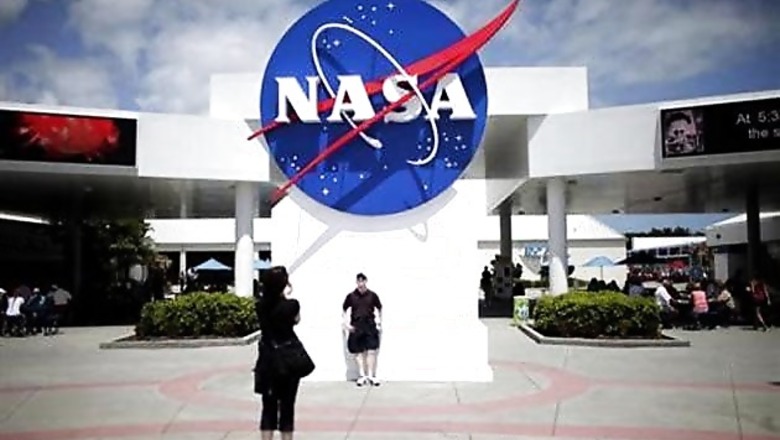
views
Washington: A NASA sounding rocket experiment has detected a surprising surplus of infra-red light in the dark space between galaxies - a diffuse cosmic glow as bright as all known galaxies combined.
The glow is thought to be from orphaned stars flung out of galaxies.
Galaxies may not have a set boundary of stars but instead stretch out to great distances - forming a vast and interconnected sea of stars, the US space agency said in a statement.
"We think stars are being scattered out into space during galaxy collisions. While we have previously observed cases where stars are flung from galaxies in a tidal stream, our new measurement implies this process is widespread," explained Michael Zemcov, astronomer at the California Institute of Technology (Caltech) and NASA's Jet Propulsion Laboratory (JPL) in Pasadena, California.
Using suborbital sounding rockets, the Cosmic Infrared Background Experiment (CIBER) captured wide-field pictures of the cosmic infra-red background at two infrared wavelengths shorter than those seen by NASA's Spitzer Space Telescope.
"It is exciting for such a small NASA rocket to make such a huge discovery. Sounding rockets are an important element in our balanced toolbox of missions from small to large," added Mike Garcia, programme scientist from NASA headquarters in Washington, DC.
The data showed that this infra-red background light has a blue spectrum, which means it increases in brightness at shorter wavelengths.
This is evidence the light comes from a previously undetected population of stars between galaxies.
"The light looks too bright and too blue to be coming from the first generation of galaxies," said James Bock, principal investigator of the CIBER project from Caltech.
Observations from the Cosmic Infrared Background Experiment (CIBER) are helping settle a debate on whether this background infrared light in the universe, previously detected by Spitzer, comes from these streams of stripped stars too distant to be seen individually, or alternatively from the first galaxies to form in the universe.
Future experiments can test whether stray stars are indeed the source of the infrared cosmic glow.
The results appeared in the journal Science.




















Comments
0 comment